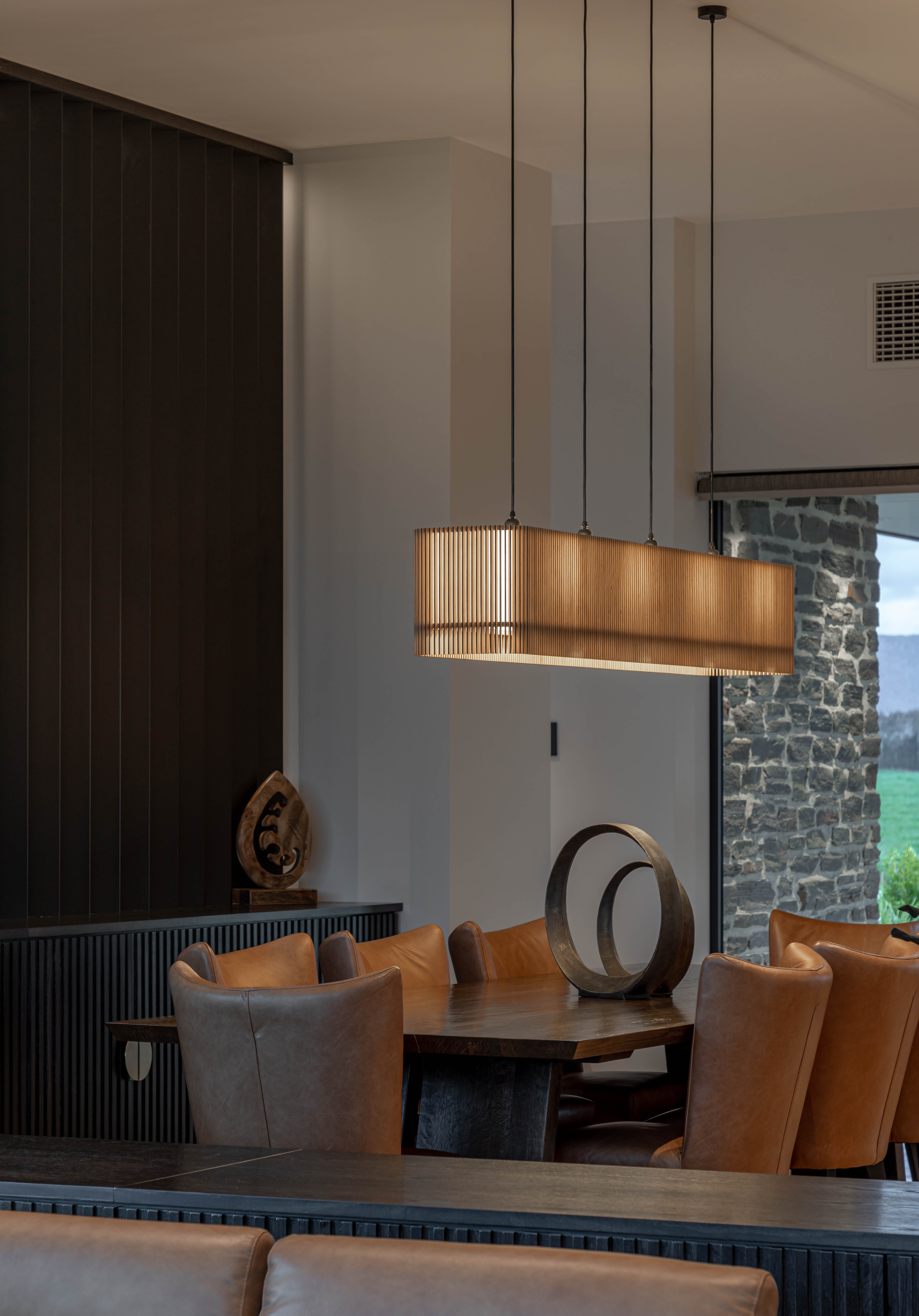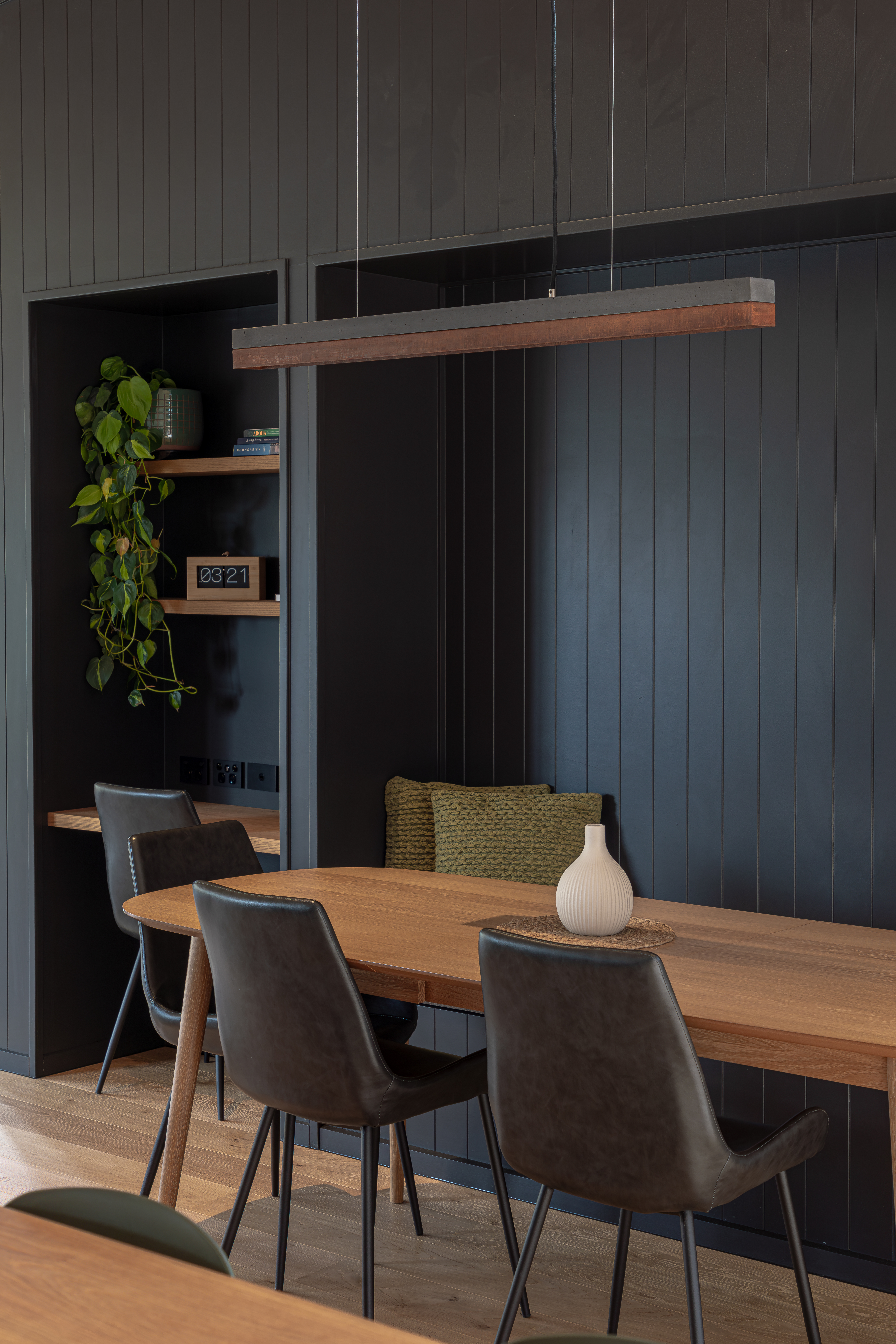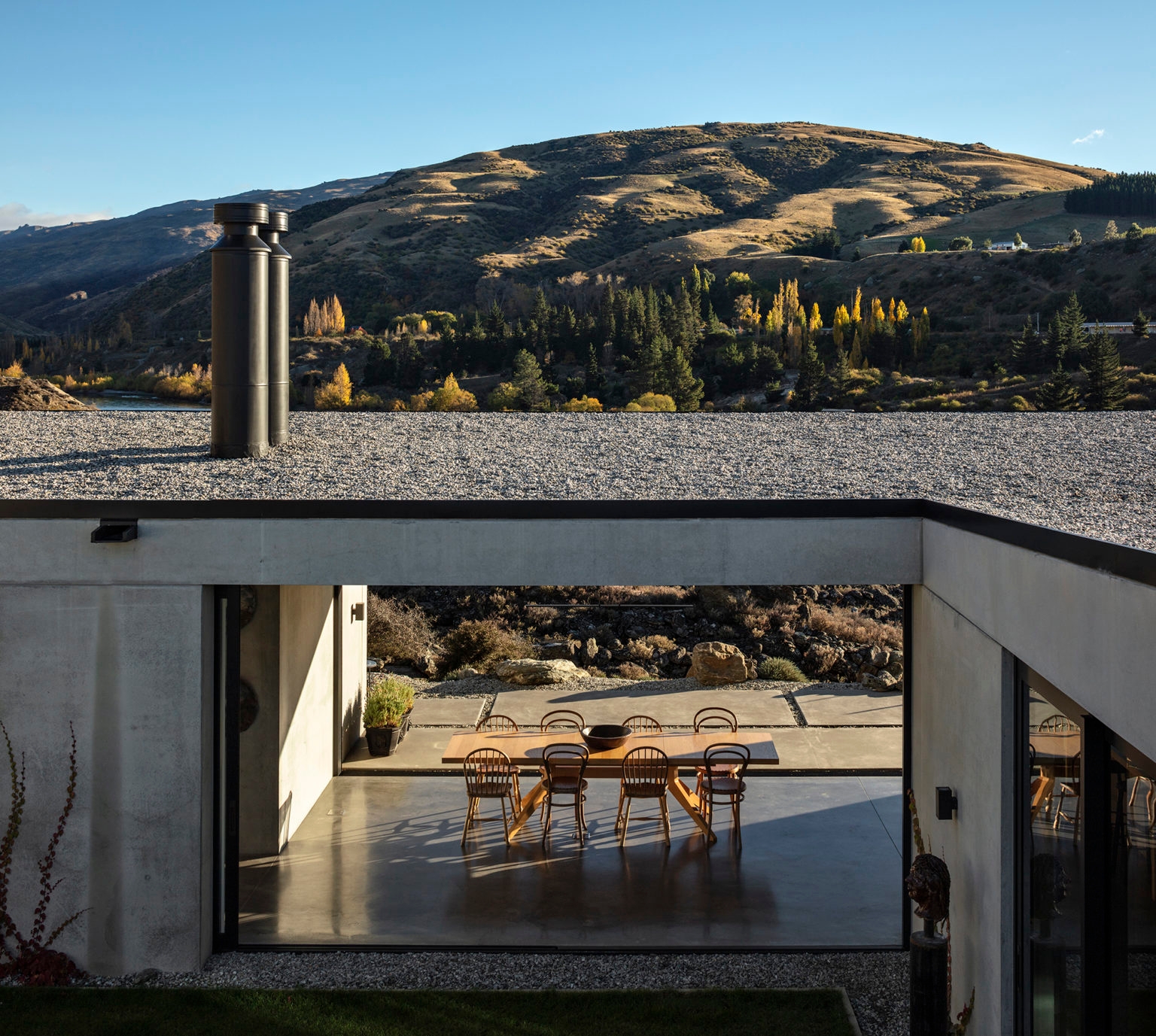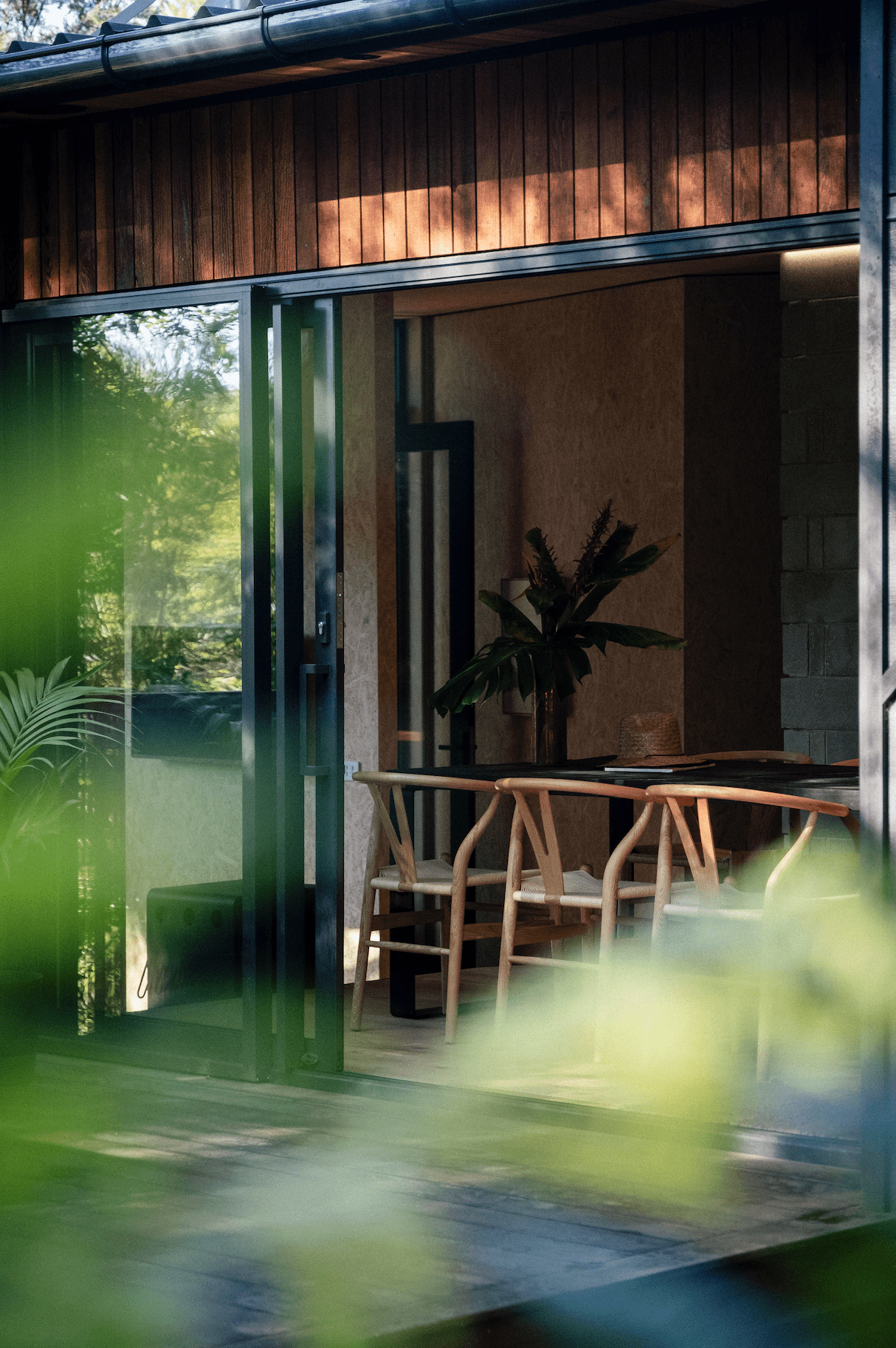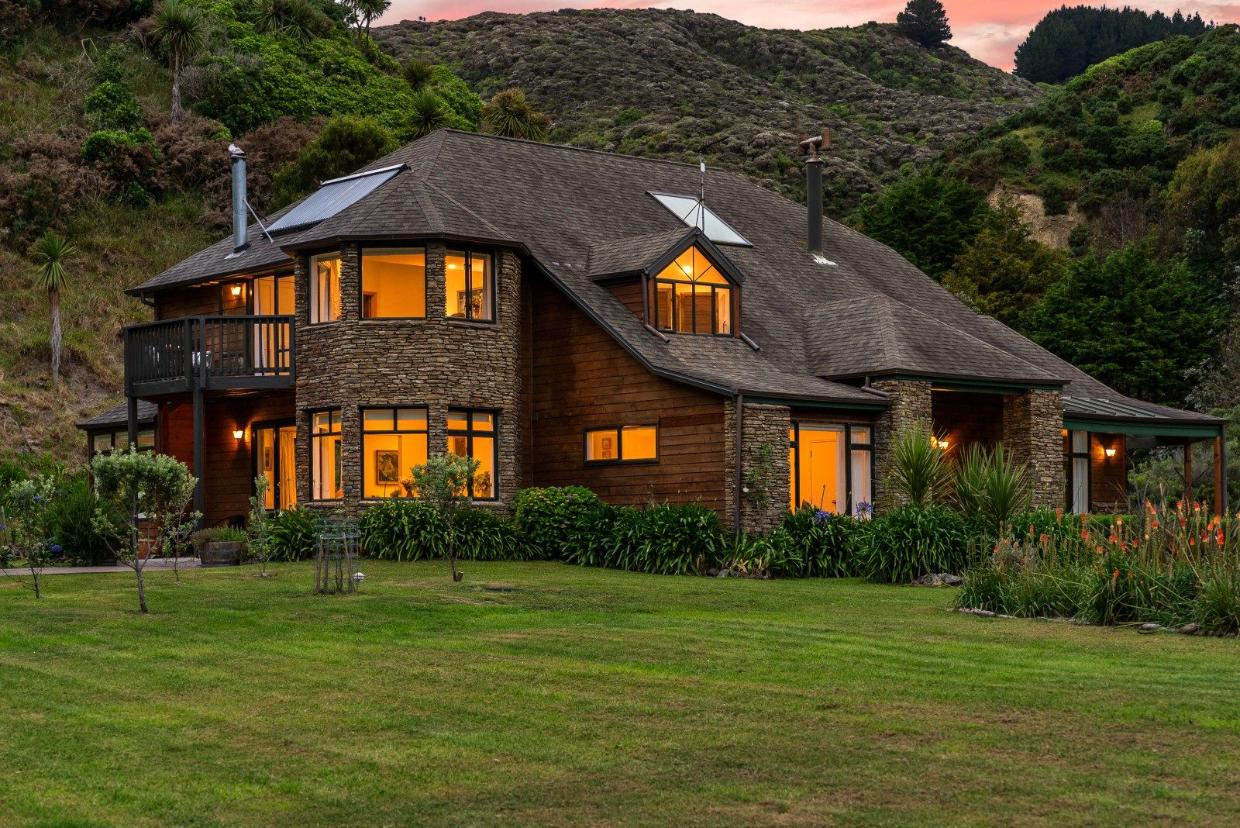Feature article
Design your dining room with these stunning ideas
The focal point for entertaining.

1. Statement lighting for the dining room
2. Use colour to enhance and define the dining room
This dining room in a home designed by Koia Architects combines dark tones with the tactility of timber to create an inviting space of rich layers. Image: John Williams.
3. Choosing the right furniture for your dining room
4. Bring the outdoors in
Large-scale openings create an easy flow between indoors and out in the 2021 Home of the Year, Black Quail, designed by Bergendy Cooke. Image: Simon Devitt.
5. Biophilic design for the dining room
Geode House, the 2023 Living Space of the Year, embraces natural materials to create a fitting tribute to the bush-clad site on Waiheke it inhabits.
Author
Search
Other articles you might like
